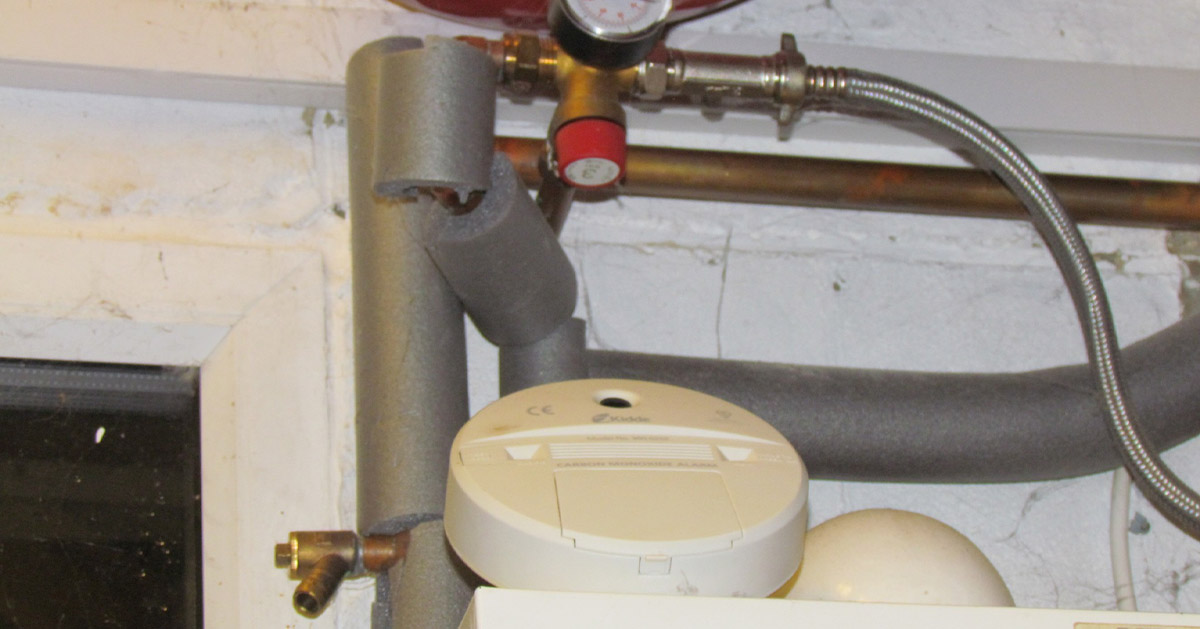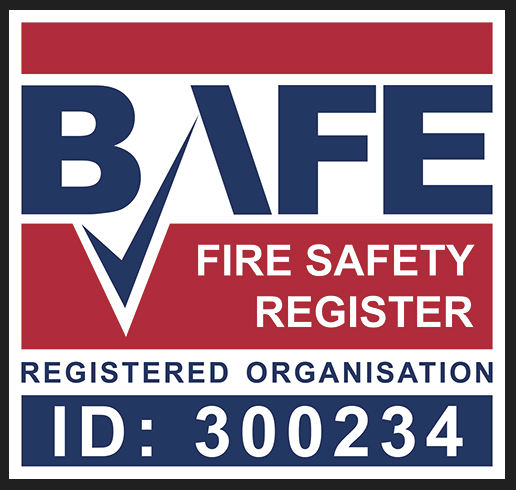Industry Articles

Carbon Monoxide Detection
Every year in the UK, over 200 people are admitted to hospital with suspected carbon monoxide poisoning, leading to around 40 deaths. Unseen and unsmelt, Carbon Monoxide is perhaps one of the most dangerous gases we are likely to come into contact with, and the winter season is the highest risk time of year. It is important to maintain your heating system, and be careful if there is a lack of ventilation, in a garage workshop for example. We can prevent and protect rather than suffer in silence.
What is Carbon Monoxide?
Carbon Monoxide (CO) is an invisible, poisonous gas, with no colour, taste or smell.
It is released when a carbon-containing fuel – such as petrol, oil, coal, coke, wood or gas – doesn’t burn completely due to a lack of air. It can happen when an appliance such as a water heater or cooker isn’t installed correctly or is poorly maintained, or when a chimney, flue or air vent into the room (e.g. an air brick) has been partially or fully blocked.
What can produce Carbon Monoxide?
Various appliances fuelled by wood or gas produce Carbon Monoxide, including:
- Fuel-burning space heaters
- Furnaces
- Charcoal grills
- Cooking ranges
- Water heaters
- Fireplaces/open fires
- Portable generators
- Wood-burning stoves
- Car and truck engines
Normally the amount of Carbon Monoxide produced by these sources isn’t a cause for concern. But if appliances aren’t kept in good working order or if they’re used in a closed or partially enclosed space – such as using a charcoal grill indoors or running your car in a closed garage – the Carbon Monoxide can build up to dangerous levels. Ventilation is vital in order to reduce the risk.
Symptoms can include headaches, nausea, dizziness, breathlessness, collapse and even loss of consciousness.
Where should you position your CO detector?




